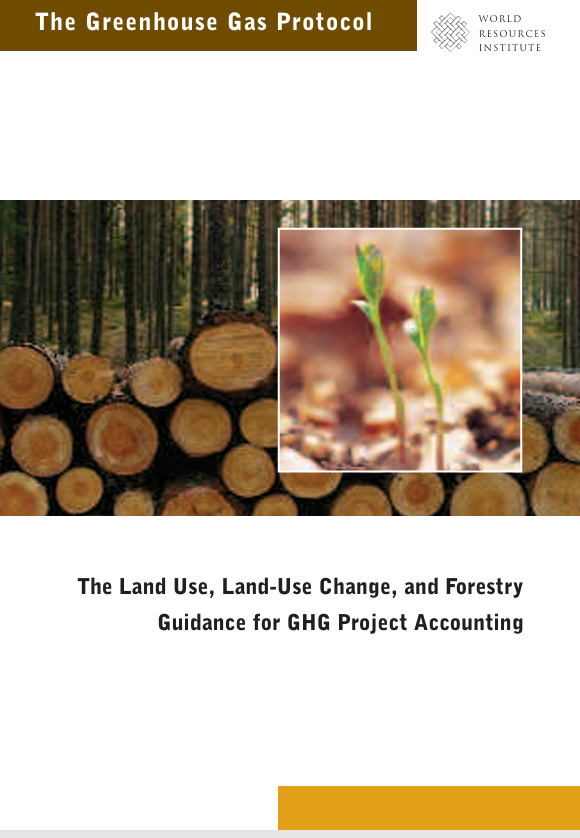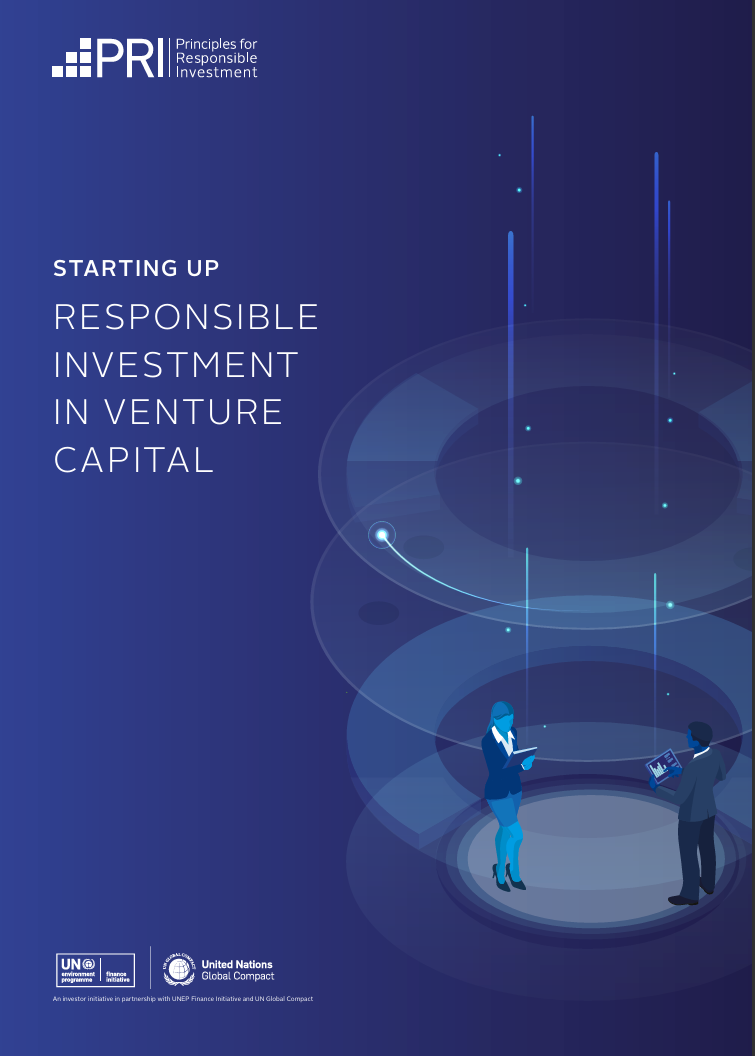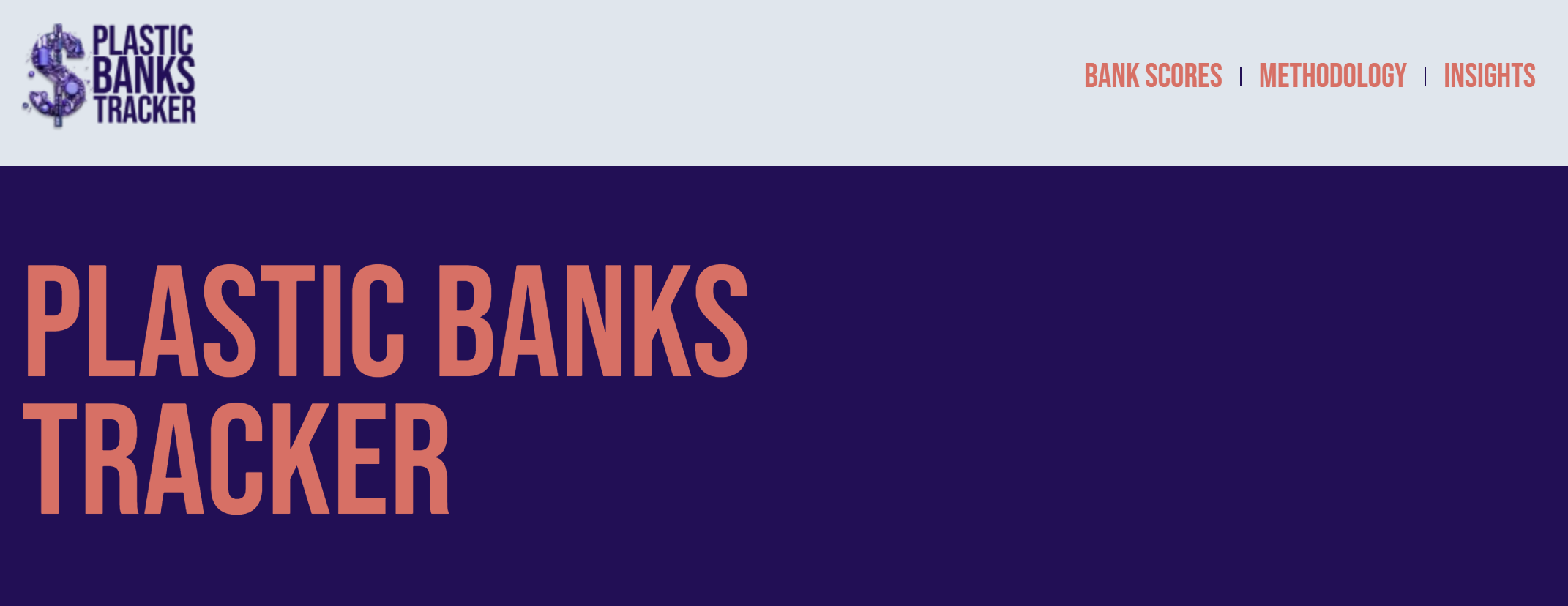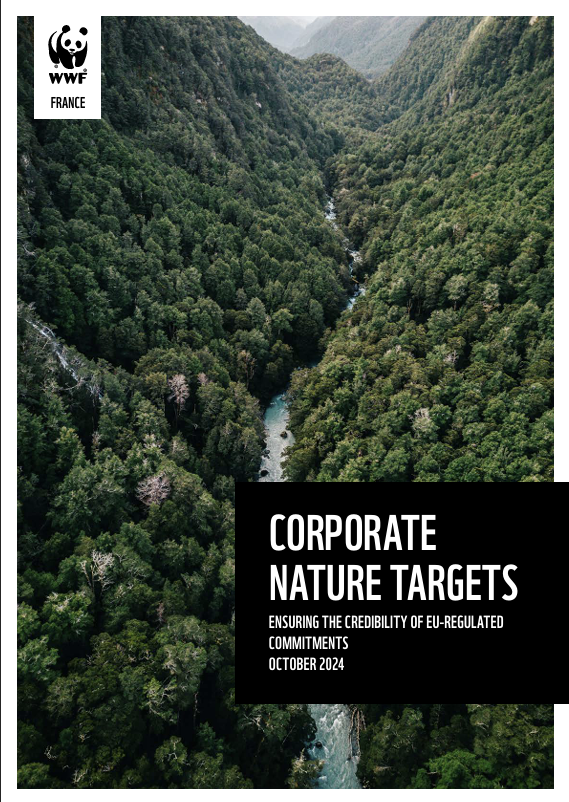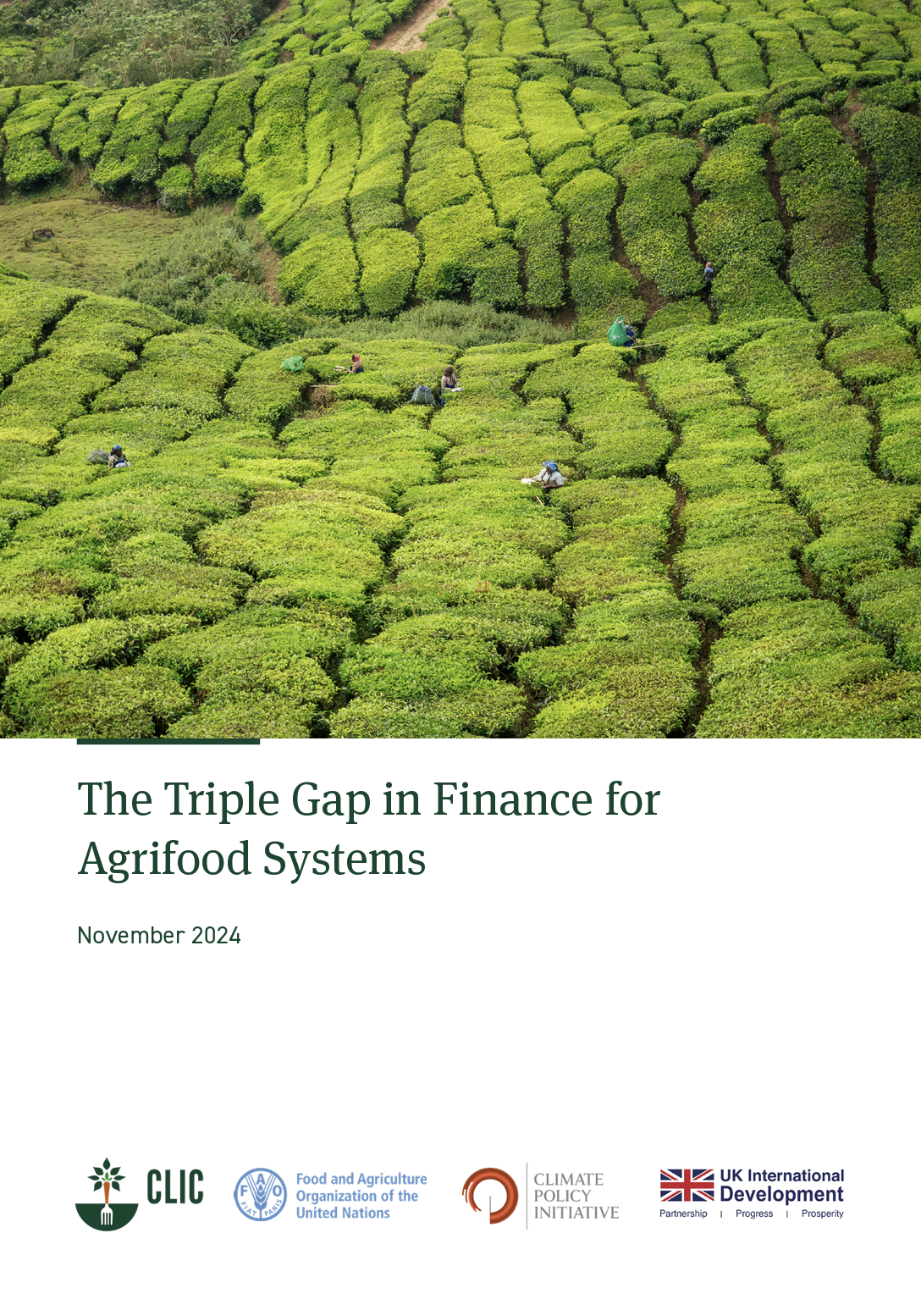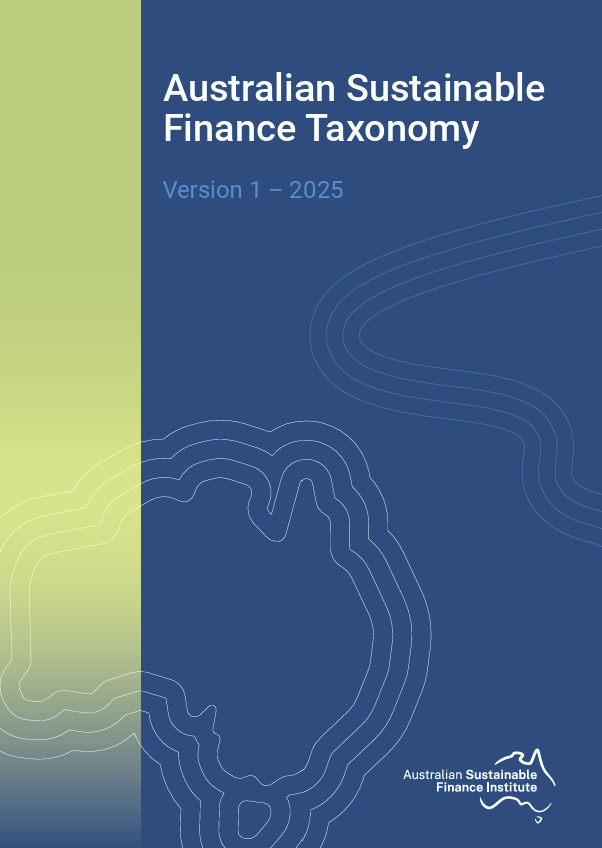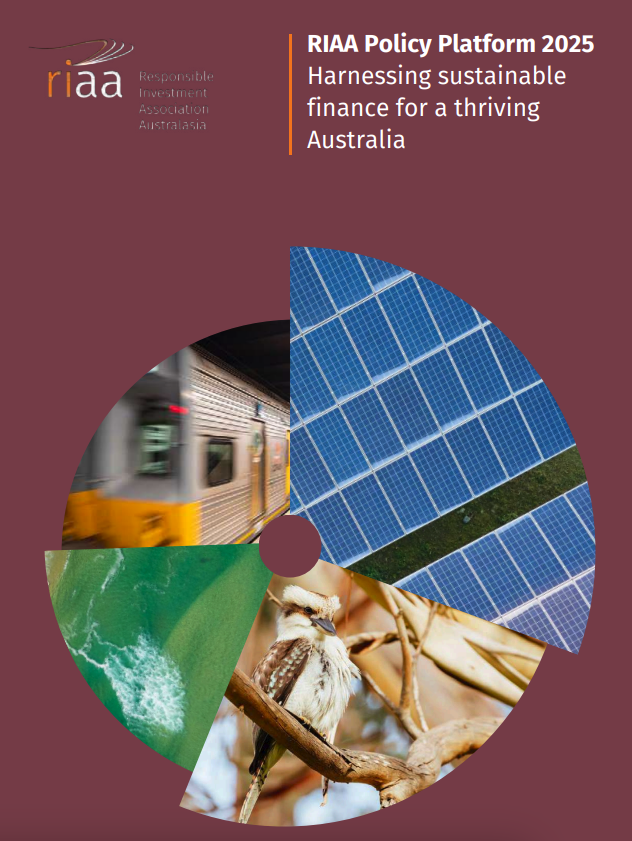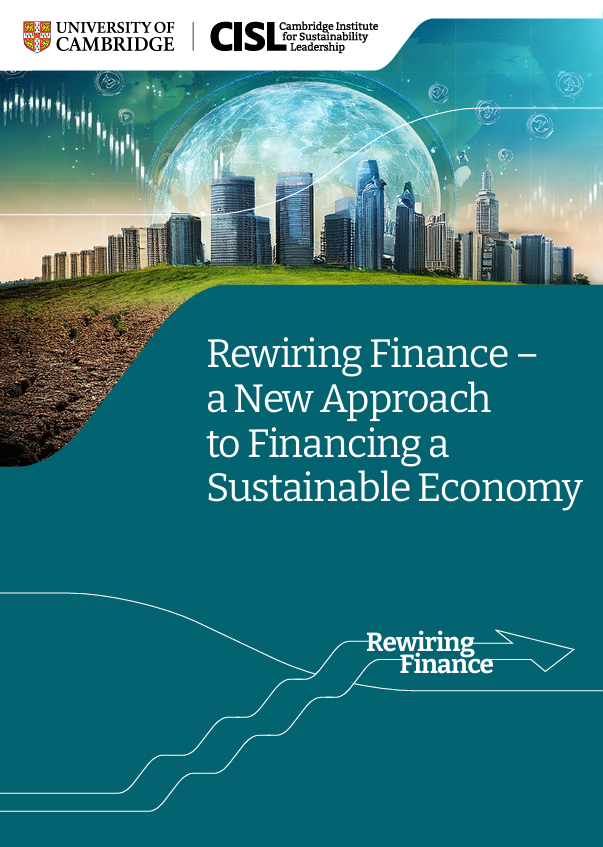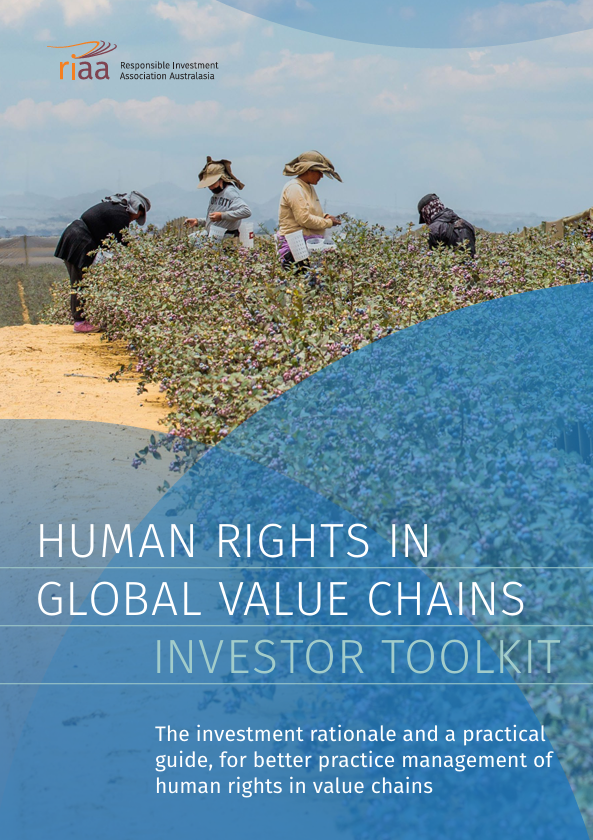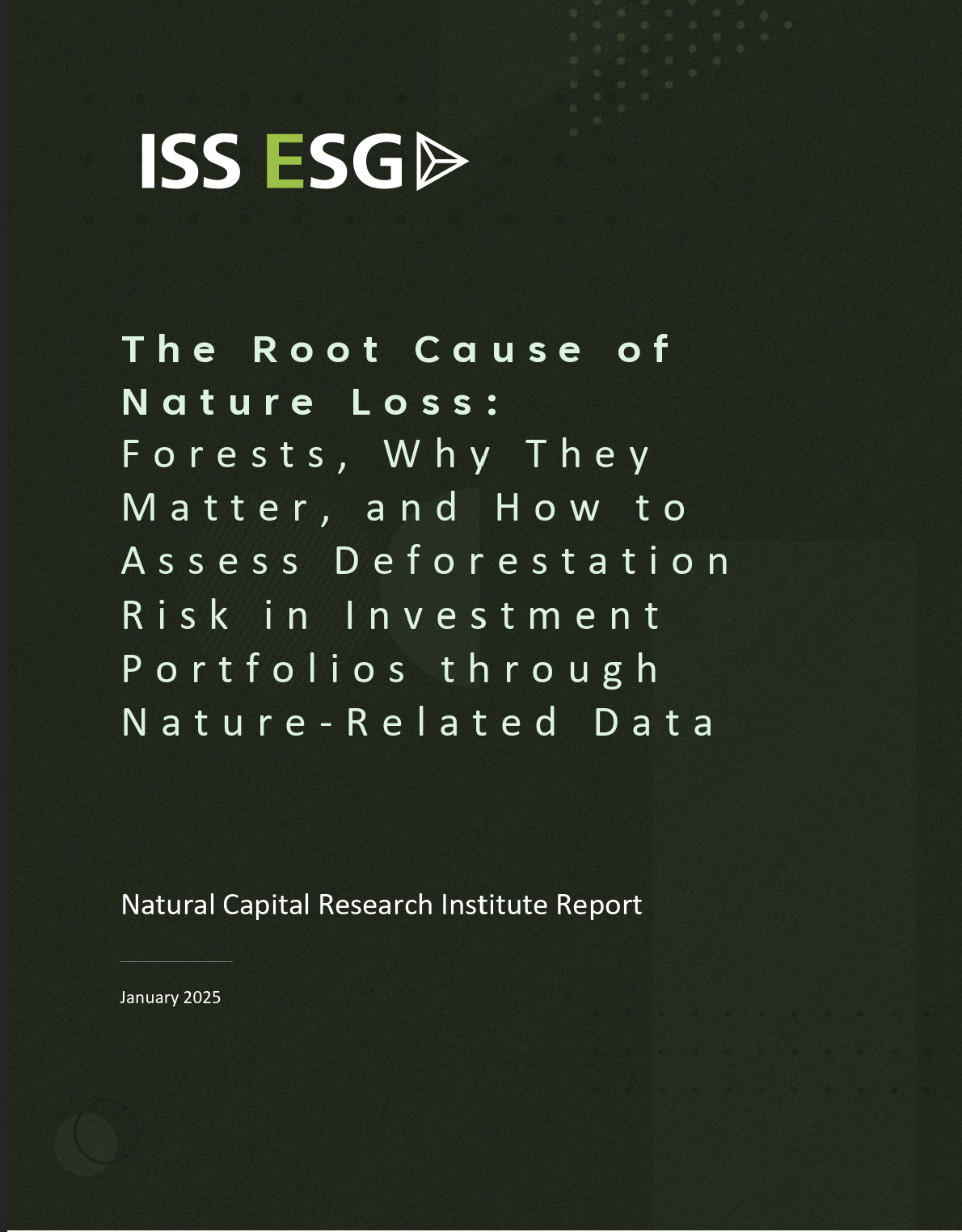Library | SASB Sustainability Sector
Renewable Resources & Alternative Energy
Refine
252 results
REFINE
SHOW: 16


Greenhouse gas protocol land sector and removals initiative: Project overview
The greenhouse gas protocol’s land sector and removals initiative aims to develop internationally accepted corporate guidance for accounting and reporting emissions and removals from land use, bioenergy, and carbon removal. It seeks to improve transparency, support target-setting, and align with climate goals through a multi-stakeholder, science-based process.
The greenhouse gas protocol: Land use, land-use change, and forestry (LULUCF) guidance for GHG project accounting
The land use, land-use change, and forestry (LULUCF) guidance for GHG project accounting provides structured methods to quantify and report greenhouse gas (GHG) reductions from reforestation and forest management projects. It supplements the GHG Protocol for Project Accounting, detailing baseline procedures, monitoring, and risk mitigation approaches specific to land-based carbon projects.
Policy and action standard: An accounting and reporting standard for estimating the greenhouse gas effects of policies and actions
The Policy and Action Standard provides a consistent framework for estimating and reporting the greenhouse gas (GHG) impacts of policies and actions. It outlines methods for ex-ante and ex-post assessments, defines principles of GHG accounting, and offers guidance on defining policy boundaries, estimating baseline emissions, and assessing uncertainty to support transparent, accurate decision-making.
The greenhouse gas protocol: A corporate accounting and reporting standard
The Greenhouse Gas Protocol Corporate Standard provides a framework for businesses to quantify and report greenhouse gas emissions. It establishes standardised accounting principles, categorises emissions by scope, and offers guidance for setting organisational and operational boundaries. The Standard promotes transparency, consistency, and comparability in corporate GHG inventories.
Starting up: Responsible investment in venture capital
This report examines how environmental, social, and governance (ESG) factors are being adopted in venture capital. It outlines current practices, challenges, and industry-specific considerations, and highlights the need for tailored guidance, collaboration, and early-stage engagement to advance responsible investment across the venture capital ecosystem.
Plastics bank tracker
The Plastic Banks Tracker evaluates banks' roles in financing the plastics lifecycle, focusing on single-use plastics. It assesses banks across three phases—acknowledgement, policy development, and implementation—using 21 criteria aligned with international standards. The tool aims to encourage banks to reduce financing for harmful plastic production and support sustainable alternatives.
Corporate nature targets: Ensuring the credibility of EU-regulated commitments
This report analyses EU corporate nature-target setting under the Corporate Sustainability Reporting Directive and European Sustainability Reporting Standards. It recommends aligning targets with Science Based Targets for Nature (SBTN) to enhance credibility, comparability, and ensure alignment with ecological thresholds, fostering transparency across corporate value chains and EU environmental objectives.
The triple gap in finance for agrifood systems
This report identifies significant planning, finance, and data gaps in climate investment needed to transition global agrifood systems. Annual climate finance must increase by at least 40 times to USD 1.1 trillion by 2030. Current national commitments underestimate actual requirements, highlighting the need for clearer targets and improved data collection.
Australian sustainable finance taxonomy (Version 1 - 2025)
The Australian Sustainable Finance Taxonomy (2025) provides a framework classifying economic activities aligned with environmental sustainability goals, particularly climate mitigation. It includes performance-based criteria for key sectors such as agriculture, mining, energy, construction, and transport, facilitating sustainable capital allocation, consistent reporting, and transition planning, thus supporting Australia’s transition to a net-zero emissions economy.
IEEFA's Australian gas and LNG tracker
The IEEFA Australian Gas and LNG Tracker is an interactive tool offering bi‑annual updates on Australia’s LNG infrastructure, demand forecasts, export capacity and trade flows. It integrates data from sources such as Kpler, AEMO and IEEFA’s own analysis to enhance transparency in gas and LNG market dynamics.
RIAA Policy Platform 2025: Harnessing sustainable finance for a thriving Australia
The RIAA Policy Platform 2025 outlines nine policy priorities and two principles to align Australia’s finance system with sustainability goals. It recommends regulatory reforms, improved data, Indigenous inclusion, and stronger accountability to mobilise capital for a net zero, nature-positive economy that supports long-term economic resilience and societal wellbeing.
Rewiring finance – a new approach to financing a sustainable economy
This report outlines three systemic shifts needed to align finance with sustainability: policy reform to drive market incentives, mindset changes to embrace long-term value, and structural financial changes to embed environmental and social risks. It highlights barriers and proposes actions to support an inclusive, sustainable economic transition.
Human rights in global value chains investor toolkit
This toolkit guides investors in addressing human rights risks in global value chains. It outlines regulatory developments, risk identification practices, and engagement strategies to improve corporate accountability. Practical steps include audits, grievance mechanisms, collaboration, and traceability to mitigate modern slavery and labour abuses, enhancing long-term investment and operational resilience.
Impact economies tractions and trends: Insights from 34 GSG National Partners
This report presents insights from 34 national ecosystems advancing impact investing. It highlights trends in policy, capital mobilisation, and transparency, showing governments and institutions integrating social and environmental outcomes into investment strategies. It tracks growth in green finance, outcome-based funding, and investment readiness across emerging and developed economies.
The root cause of nature loss: Forests, why they matter, and how to assess deforestation risk in investment portfolios through nature-related data
This report outlines how deforestation, particularly in tropical forests, is a key driver of biodiversity loss and climate change. It presents the risks to institutional investors—physical, transition, and systemic—and offers a framework to assess deforestation exposure in portfolios using nature-related data and metrics across sectors and geographies..
How just transition can help deliver the Paris Agreement
This report outlines how embedding just transition principles in climate strategies supports equitable decarbonisation. It presents trends, case studies, and a UNDP framework guiding countries to integrate socio-economic considerations into their Nationally Determined Contributions and Long-Term Strategies, promoting inclusive, sustainable development in line with the Paris Agreement.

